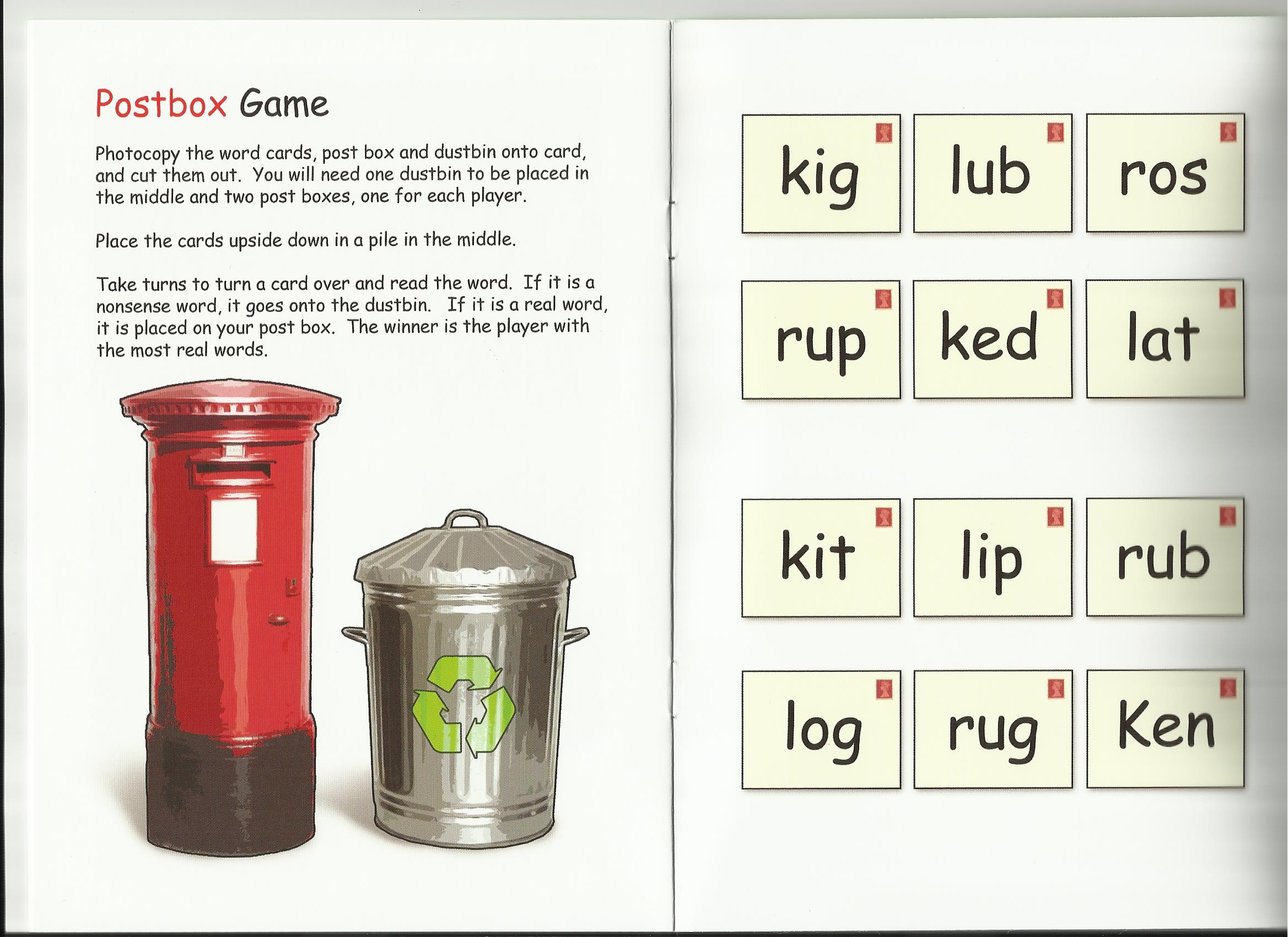 Recent results of the Year 1 Phonics Check show that schools in deprived communities can do as well, if not better than schools in leafy suburbs. Take St George’s, a School in Wandsworth, which just reported 100% success in the Y1 phonics check this year. This school is situated in a challenging catchment area. What is the winning formula?
Recent results of the Year 1 Phonics Check show that schools in deprived communities can do as well, if not better than schools in leafy suburbs. Take St George’s, a School in Wandsworth, which just reported 100% success in the Y1 phonics check this year. This school is situated in a challenging catchment area. What is the winning formula?
St George’s uses the Sound-Write Reading and Spelling programme. Here are the ingredients for success:
1. Whole school training
The head teacher, Jan Hilary, has the whole staff on board. The whole staff – teachers and TA’s all attended the complete training in the phonics programme. This means that not only is there consistency throughout the school , as the child progresses from class to class but every time a child experiences phonics teaching – whole class, group work or 1:1 support, staff can support him/her using the same method, language, assessment and progression. Simple and effective!
2. A clear focus on reading concepts, skills and knowledge
The Sound-Write programme presents the teachers and TAs with a clear understanding of how the English Phonic Code works and what the underlying concepts, skills and knowledge children need to master, in order to succeed. The knowledge (the graphemes) is introduced in a step-by-step logical order preparing the pupils thoroughly for every new level of learning. Mostly importantly, integral to every lesson are exercises that practice the underlying skills: blending, segmenting and phoneme manipulation.
3. Sufficient practice and consolidation
Children are allowed sufficient practice at each level before they progress. This is often lacking in classrooms where the pace of teaching is too fast and children are left behind. Phoneme manipulation involves reading non-words. By the time children reach the end of Y1, decoding is the strategy used for tackling new words or non- words.
4. Synthetic phonics used across the curriculum
The skills and knowledge of learning to read and spell are applied to all areas of the curriculum and not isolated in pockets of ‘phonics lessons’. The same principles apply to reading and spelling in all subjects. Consistency helps children apply what they have learned when reading and spelling in any part of the curriculum.
5. Decodable books
The school is using Dandelion Books to support the children as they develop their decoding skills. This allows the child to practice and rehearse decoding in a text while using the graphemes he/she has been taught. Decodable texts build confidence as children can read independently, using reliable, successful strategies from the beginning.
Every book has a reading game which consolidates the knowledge and skills taught. From Unit 4 on, a non-word ‘Post box reading game’ is included (see picture above). This means that when the children encounter non-words in the Y1 Phonics Check, they are not alarmed by sounding out words that have no meaning. This skill is particularly useful in decoding multisyllabic words as often syllables have no meaning until they are blended into a word.

